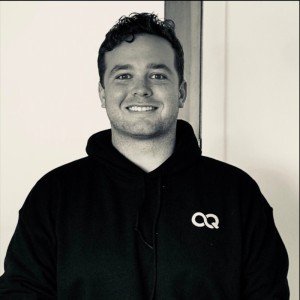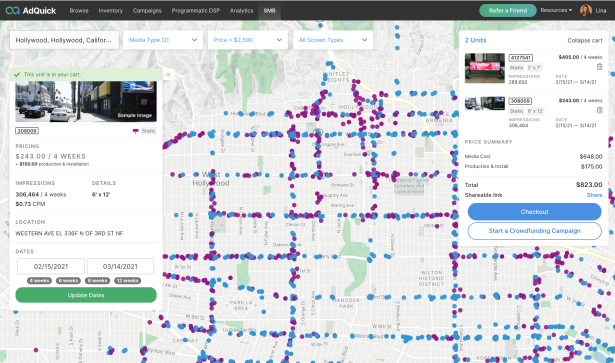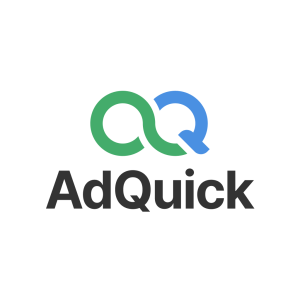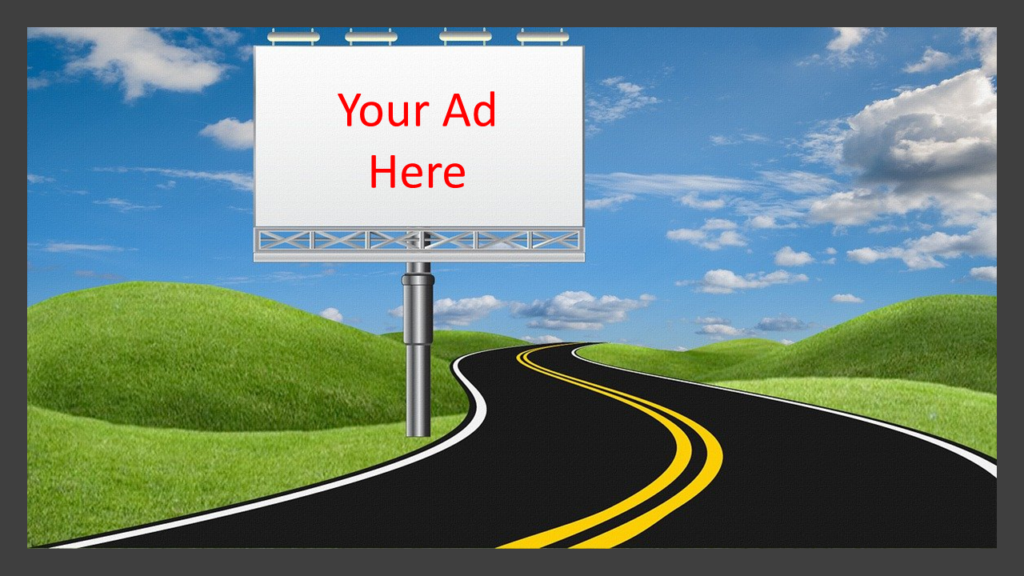Do you ever feel that your digital ads are getting lost in the sea of online advertising? I know my eyes tend to glaze over the proliferation of ads on my screens. In this post, I talk to Connor Burden, co-founder of AdQuick, a marketplace for companies to plan, execute, and measure outdoor advertising. With all of the focus on digital advertising, I was very interested in learning why AdQuick chose to focus on this area—and how its solution can potentially help you get more bang for your advertising buck.
Connor
 We officially launched in November of 2016. Myself and two of the other co-founders had worked at Instacart, the grocery delivery company. Matt O’Connor, our CEO, ran the expansion team, responsible for launching Instacart into new markets—which entails getting shoppers, signing up stores, and things like that. Matt wanted to build that awareness on digital channels, but also wanted to use outdoor advertising—which is the advertising you see in the real world. “OOH”is what they call outdoor advertising, “out of home.” Think billboards, airports, subways, buses—even planes flying over the beach with banners.
We officially launched in November of 2016. Myself and two of the other co-founders had worked at Instacart, the grocery delivery company. Matt O’Connor, our CEO, ran the expansion team, responsible for launching Instacart into new markets—which entails getting shoppers, signing up stores, and things like that. Matt wanted to build that awareness on digital channels, but also wanted to use outdoor advertising—which is the advertising you see in the real world. “OOH”is what they call outdoor advertising, “out of home.” Think billboards, airports, subways, buses—even planes flying over the beach with banners.
We needed a solution that would make buying outdoor as easy as buying on digital channels. But we realized that it was not easy. You’d have to figure out who owns each of the places you might want to advertise—and there are over a thousand different media owners in the U.S.
So that’s how AdQuick was born. We created this one platform that has it all. We work with all of media owners. We have 30 employees, and we’re based out of Venice Beach in L.A., with an office in New York City, and folks spread out working remotely.
Laurie
So, the goal of the company is to make it easier for businesses to use outdoor advertising. How does the AdQuick platform work?
Connor
When you are on our platform, you’ll see how close all of the units are to your location. It could be gas station TV, a bus, everything that’s available. Then you can plan things, figure out what’s best for your business. We overlay data to show you what targeted audiences have the densest population, and other tools to help you plan where to advertise.
The next piece is execution. You can choose the units that are the best fit, add them to your cart, and sign out. Then we send you over ja spec sheet of the actual creative that you need to create for the ad– essentially a rectangle with a picture of your brand and some basic info. We can do video, but most businesses use static images. It’s quick and easy, and a lot less expensive than doing a commercial or a radio spot.
Laurie
There’s so much attention on digital marketing now. Why would a business want to consider outdoor advertising?
Connor
It’s not an either or. It’s about finding the right mix. I think there are a few things to consider. First when I’m watching TV, commercials are breaks to something else—I don’t pay attention to the ad. On the web, there’s also a blindness to many digital ads. But when you’re out in the world walking around or driving, your attention is more focused. Studies say outdoor advertising provides the highest brand recall.
And as I said earlier, there’s a low barrier to entry, you don’t need a creative or production team. We can help you showcase your brand in the real world. And the CPMs are extremely low.
Laurie
What is a CPM?
Connor
CPM is cost per Milles. It’s Latin, but it’s essentially the cost per 1,000 eyeballs that you’re getting on your unit. On our site, for any unit, you can see the four-week impressions, the weekly impressions, and then the CPM, which is how much it costs for 1,000 eyes on this placement. Some of our CPMs are well below a dollar or right in that range, and they will compete and beat what you can get on many digital channels.

Laurie
Well, I know I pretty much block everything out when I’m online, you know, as things pop up, because there’s so much of is. I think that if you’re sitting on the highway, let’s say, in traffic, you’re more likely to notice the ad.
Connor
Yep, absolutely. And I think that’s what leads to that highest brand recall. There’s not as much noise as far as an advertisement standpoint going around.
Laurie
You have a solution designed specifically for small and medium businesses. Why did you create this, and how does it differ from what you offer to larger companies?
Connor
We already had the infrastructure built, so we decided to open it up to SMBs. But unlike in large companies, SMBs don’t have someone to run their offline marketing, let alone even have someone in charge of marketing. So, we created a tool that makes offline marketing easy. You just type the location of your three gyms, click a button, and then use filters to narrow things down. You may want to only view units within a certain-mile radius of your gyms, or I only want billboards or street furniture. Based on these filters, AdQuick pulls in the inventory that meets your criteria. It really is as easy to use a Zillow.
Laurie
How about metrics? Because at the end of the day everybody wants to know how effective their ads are.
Connor
AdQuick has a dashboard that tracks cell phone mobile IDs—people are giving access to that information when they turn on location awareness for the weather and other apps—which is how they make money—providing location information.
We can set a perimeter and what’s called a viewshed around the units a customer procures. We can track whenever somebody has entered into that viewshed, and we count it as an exposure based on their dwell time, and the speed at which they’re passing it. We confirm that they’re going in the right direction and things like that. Once it checks all those boxes, it counts as an exposure.
And there’s two different options here. One is that we can track visits to a particular website or we can track actual footfall location. The difference is did that phone, or a computer on the same IP address, ever visit that company’s website? Or we can actually set latitude and longitude very granularly and track if the exposed ID visited that specific location.
And there are other things we can do. We could advertise a unique phone number, SMS codes or QR codes on the unit, and then track all of those hits.
Laurie
When did you introduce the SMB offering, and is it getting good traction?
Connor
We launched it about nine months ago, and we’re getting good pick up. But SMB is a big market, we want to increase awareness be getting this in front of as many people as possible.
Laurie
As we discussed earlier, SMBs don’t they have a lot of marketing people and expertise. And they also don’t have big budgets. So how cost-effective is this?
Connor
First of all, we have no minimums on our SMB platform. We know its challenge to make an upfront commitment. So, you can just try it with a single unit. In many areas, these are in the hundreds of dollars—not thousands—range.

Obviously, rates depend on location. Times Square would be very expensive, but prices really vary depending on location. And on our platform, you can see exactly where each unit is.
And AdQuick can surface up placements everywhere—from small rural towns to big cities.
And the beauty is you can see all the possibilities in one place, instead of having to go individually to each media vendor.
Laurie
So, in the nine months working with small and medium businesses, what have you learned about them in terms of this market?
Connor
Well, it was surprising that so few of them knew that this was out there. Once they do, they want to know right away, how will we track this? Just like the enterprise companies, the large brands of the world—they want to know if it works. Not a surprise, because everyone needs to know measurement. Then they were surprised they could do this easily—and that there were opportunities even in smaller towns.
Laurie
And where can people learn more?
Connor
 Well of course they can visit our Website, and also check out our social channels: LinkedIn, Twitter, Facebook, and Instagram.
Well of course they can visit our Website, and also check out our social channels: LinkedIn, Twitter, Facebook, and Instagram.
© SMB Group, 2021
Source: Laurie McCabe’s Blog

